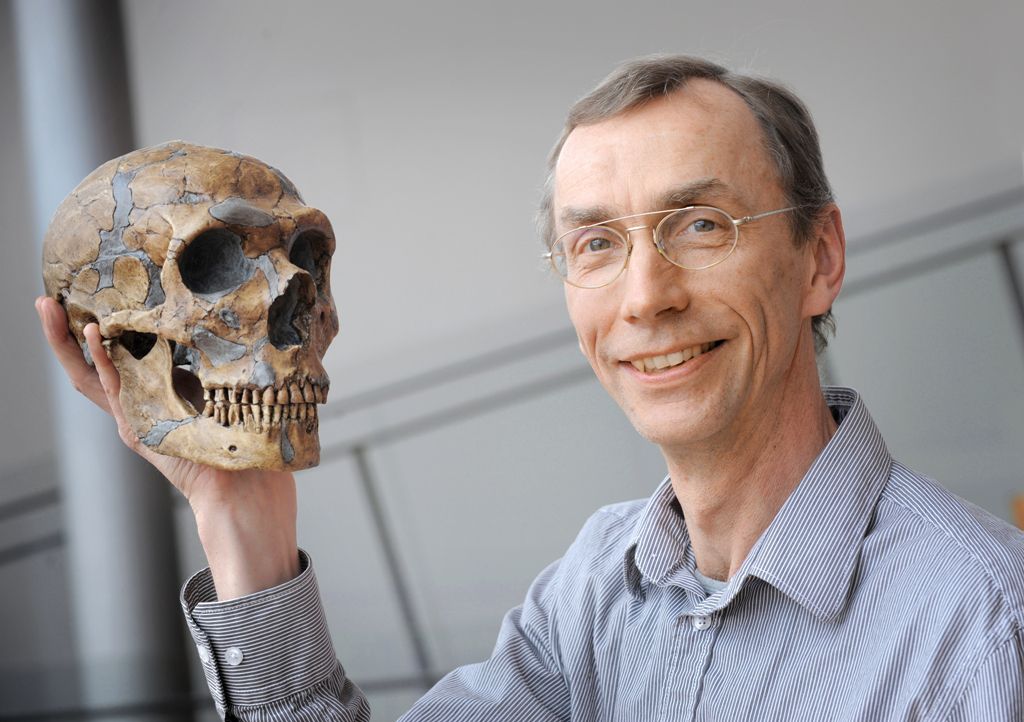-
 Newbie
Newbie
-
 MP3
MP3
-
 svRNA
svRNA
-
 Optical prism
Optical prism
-
 Sarcoma
Sarcoma
-
 Anisotropic
Anisotropic
-
 Photovoltaic cell
Photovoltaic cell
-
 Cytokinesis
Cytokinesis
-
 Duplex
Duplex
-
 Off-shore
Off-shore
-
 Lintel
Lintel
-
 GAK
GAK
-
 Welding
Welding
-
 Proper motion of a star
Proper motion of a star
-
 Robotics
Robotics
-
 Norway maple
Norway maple
-
 Excision
Excision
-
 Beetroot
Beetroot
-
 E=mc²
E=mc²
-
 PAVI
PAVI
-
 General Anaesthesia
General Anaesthesia
-
 In vitro
In vitro
-
 Common hornbeam
Common hornbeam
-
 Hurricane
Hurricane
-
 Palmer Drought Severity Index
Palmer Drought Severity Index
-
 Bifid
Bifid
-
 Planet
Planet
-
 Echinoderm
Echinoderm
-
 BCD galaxy
BCD galaxy
-
 Electron-volt
Electron-volt
Neanderthal
The Neanderthal is a fossil human that gets its name from the discovery of a few remains, in 1856, in a quarry in the Neander valley, neandertal in German. In fact, other specimens of the same species had already been found on several occasions during the 19th century. Neanderthal man has only been found in Europe. The oldest known specimens are between 450,000 and 500,000 years old, the most recent are about 30,000 years old.
Its phylogenetic position is still under debate. Some scientists believe it is simply a member of the Homo sapiensspecies (our species) or a subspecies. Many others classify it as a separate species, Homo neanderthalensis (or neandertalensis), which would coexisted for a long time with the human species.
Neanderthals had discovered fire, cut stone to create tools, built huts, hunted mammoth and most likely created tombs. We do not have any proof that they used language, and the cause of their disappearance remains unknown.
 Svante Pääbo holds the skull of a Neanderthal in his hand. © Max Planck Institute for Evolutionary Anthropology, Leipzig
Svante Pääbo holds the skull of a Neanderthal in his hand. © Max Planck Institute for Evolutionary Anthropology, Leipzig
Latest
Fill out my online form.



